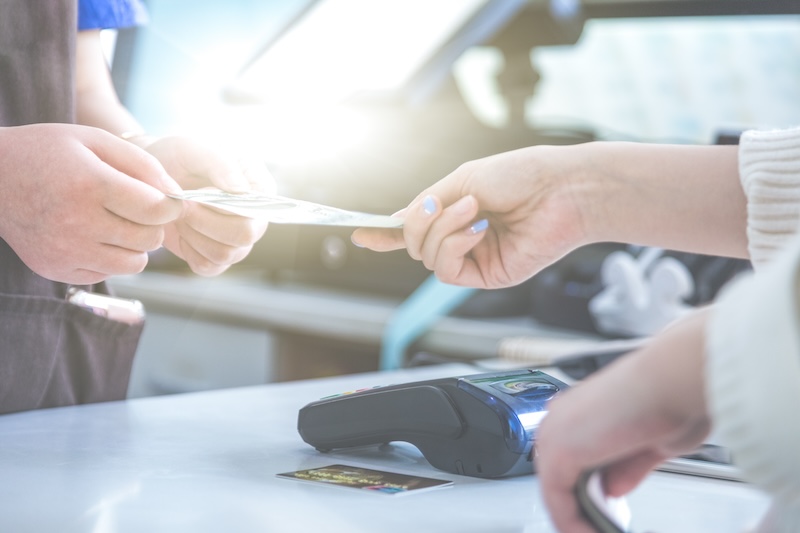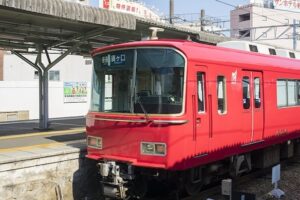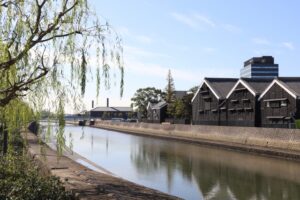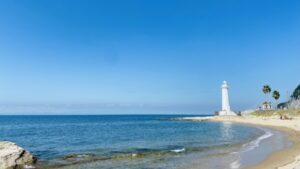“I heard Japan is still a cash-based society—is that true?”
“Can I use my credit card or mobile payment apps there?”
If you’re visiting Japan for the first time, you’re probably wondering how you’ll be paying for things.
This page offers a quick guide to payment methods in Japan, specifically for international travelers exploring the Chita Peninsula in southern Aichi Prefecture—including areas like Tokoname, Handa, and Minami-Chita.
A little knowledge before your trip can help you avoid stress once you’re here!
Basic Overview of Payments in Japan
Credit Cards Are Widely Accepted (in Many Places)
You can use credit cards at most larger or more modern establishments, such as:
- Train stations and hotels
- Shopping malls and chain restaurants
- Convenience stores (like 7-Eleven, Lawson, and FamilyMart)
- Tourist attractions (theme parks, museums, etc.)
VISA and MasterCard are the most widely accepted. Some stores may not accept AMEX or JCB, so be sure to check in advance if needed.
Some Local Shops Are Still Cash-Only
On the other hand, smaller local stores, family-run restaurants, and small souvenir shops may still only accept cash.
To avoid the awkward situation of “Sorry, we don’t take cards,” it’s best to carry some Japanese yen.
Basic denominations to remember:
Bills: ¥1,000 / ¥5,000 / ¥10,000 (¥1,000 bills are especially handy)
Coins: ¥1 / ¥5 / ¥10 / ¥50 / ¥100 / ¥500
A few coins are useful—though ¥1 and ¥5 aren’t used very often.
Mobile Payment Apps Are Tricky for Tourists—Try Manaca Instead
QR code payments like PayPay and Rakuten Pay are becoming more popular in Japan, but they usually require a Japanese phone number or local bank account—making them inconvenient for most tourists.
A much easier option is transportation IC cards like manaca, Suica, or PASMO. These can be purchased by anyone and used for trains, buses, convenience stores, and some restaurants.
If you’re arriving at Chubu Centrair International Airport and heading into the Chita Peninsula, manaca is your best bet.
There are both registered and unregistered versions, and the unregistered card can be bought directly from the Meitetsu ticket machines at the airport with no ID or passport required.
Common Payment Situations in the Chita Peninsula
Transportation (Train, Bus, Taxi)
Trains (Meitetsu Line, etc.): Accept manaca or cash
Taxis: Some accept credit cards, but many still prefer cash—have some on hand just in case
Local buses: Often cash-only and may require exact change—best avoided if unfamiliar
Dining (Restaurants, Cafés, Izakaya)
Many modern or stylish restaurants accept credit cards.
However, smaller eateries and cafés in more rural areas like Minami-Chita are typically cash-only.
Accommodation
Most hotels and ryokan (traditional inns) accept credit cards.
But minshuku (family-run guesthouses) or smaller inns might only accept cash, so check before booking.
Souvenirs and Tourist Attractions
Larger souvenir shops selling local crafts or pottery often accept credit cards or IC cards—but not all do.
Morning markets and street stalls are usually cash-only, so bring some yen if you plan to browse!
How to Prepare for a Smooth Trip
Here’s what you should get ready before your trip—or immediately after arrival:
- Japanese yen in cash (especially plenty of ¥1,000 bills)
- Credit cards (VISA and MasterCard are the safest bet)
- A transportation IC card like manaca
Where to Buy a manaca Card (Chubu Centrair Airport)
Once you arrive at Chubu Centrair International Airport, the gateway to the Chita Peninsula, look for the Meitetsu ticket machines just outside the train gates.
Unregistered manaca cards are available without ID or passport
You can top up the card easily and use it right away on trains, buses, or at stores
Get Online Access for Smooth Payments and Travel
Many payment apps and map searches require an internet connection.
For reliable service during your trip, we recommend renting an eSIM or pocket Wi-Fi in advance or at the airport.
▶︎How to Connect to the Internet in Japan: A Guide for Foreign Travelers
Summary
While many stores and facilities in Japan now accept credit cards, there are still a number of places—especially in local or rural areas—that are cash-only.
The Chita Peninsula is a scenic and local-friendly destination, but especially in Minami-Chita, cash is essential.
- Bring credit cards, a manaca card, and some yen
- Expect cash-only at small shops and buses
- Get internet access to make reservations and payments smoother
With the right preparation, you’ll be free to enjoy your journey in Japan and the Chita Peninsula to the fullest!







